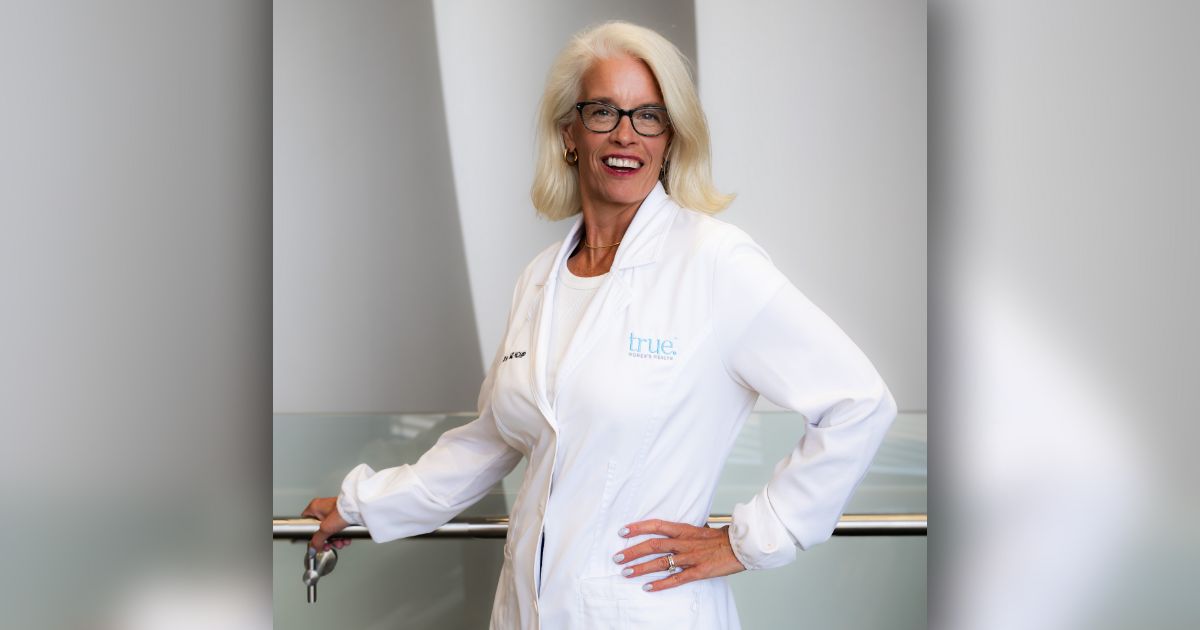Improve your mind, body and spirit.
- Details
- Category: Wellness
According to the American Cancer Society, 1 in 8 women in the United States will develop breast cancer.
- Details
- Category: Wellness
When are carbs a woman's best friend? Before a workout, and especially when paired with protein. Myths abound that eating before a workout "undoes" all the physical activity. In reality, eating on an empty stomach could lead to a breakdown of muscle tissue that negatively impacts metabolism.
- Details
- Category: Wellness
Karen Smoots—founder, president, CEO and inventor of TheGreenGloveDryer—is on a mission to keep kids healthy.
- Details
- Category: Wellness
Natural remedies and a natural way of life are still new concepts here in the United States. When natural alternatives to medication are mentioned, many still think of witch doctors and brush off the concept as taboo. Yet according to the World Health Organization, 80 percent of the population in some Asian and African countries depend on traditional herbal medicine for primary health care. For many countries, natural solutions are a way of life—and this idea is catching on in the U.S.
- Details
- Category: Wellness
It can be easily argued that our world is becoming more toxic. We are bombarded with pesticide, herbicide and exhaust from our environment. We take prescription medications and other over-the-counter medications, often filled with unnecessary chemicals. We eat food with hormones, artificial additives, colors and other preservatives. A stressful lifestyle can become toxic to us. By the time we get to work, we have been exposed to more than 100 different toxins!








